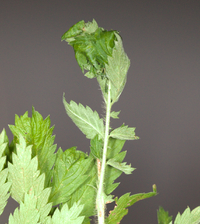
| Recorded by: Jim Petranka, Marilyn Westphal and Becky Elkin on 2025-08-18
Henderson Co.
Comment: Occupied leaf ties were on Agrimonia parviflora. | 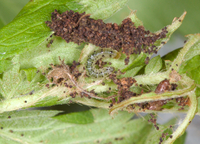
| Recorded by: Jim Petranka, Marilyn Westphal and Becky Elkin on 2025-08-18
Henderson Co.
Comment: Occupied leaf ties were on Agrimonia parviflora. |
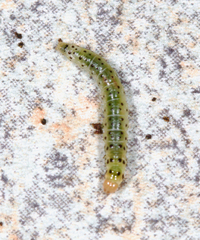
| Recorded by: Jim Petranka, Marilyn Westphal and Becky Elkin on 2025-08-18
Henderson Co.
Comment: Occupied leaf ties were on Agrimonia parviflora. | 
| Recorded by: Mark Basinger, Jim Petranka, and Becky Elkin on 2025-06-26
Mitchell Co.
Comment: Leaf roll was on Agrimonia gryposepala. |
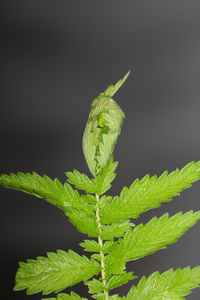
| Recorded by: Jim Petranka and Becky Elkin on 2025-06-01
Madison Co.
Comment: | 
| Recorded by: Jim Petranka and Becky Elkin on 2025-06-01
Madison Co.
Comment: |
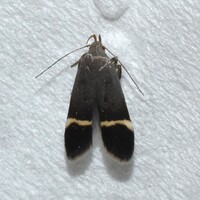
| Recorded by: Jeff Niznik on 2024-09-30
Orange Co.
Comment: Specimen was reared from a larva found 9/10 on Agrimonia parviflora. | 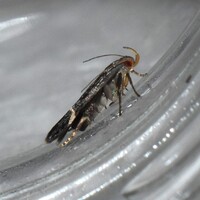
| Recorded by: Jeff Niznik on 2024-09-30
Orange Co.
Comment: |
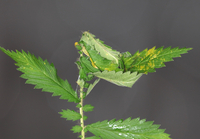
| Recorded by: Mark Basinger, Jim Petranka and Becky Elkin on 2024-09-22
Madison Co.
Comment: | 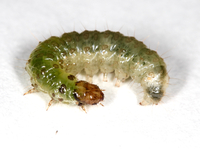
| Recorded by: Mark Basinger, Jim Petranka and Becky Elkin on 2024-09-22
Madison Co.
Comment: |

| Recorded by: Mark Basinger, Jim Petranka and Becky Elkin on 2024-09-22
Madison Co.
Comment: | 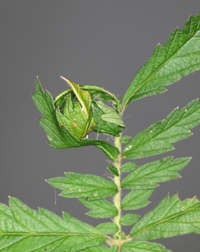
| Recorded by: Jim Petranka, Mark Basinger and Becky Elkin on 2024-09-20
Madison Co.
Comment: Occupied mine was on Agrimonia parviflora. |

| Recorded by: Jim Petranka, Mark Basinger and Becky Elkin on 2024-09-20
Madison Co.
Comment: A larva from a leaflet ball on Agrimonia parviflora. | 
| Recorded by: Jeff Niznik on 2024-09-10
Orange Co.
Comment: A late-stage larva on Agrimonia parviflora. |

| Recorded by: Jeff Niznik on 2024-09-10
Orange Co.
Comment: A leaf roll on Agrimonia parviflora. | 
| Recorded by: Jeff Niznik on 2024-09-10
Orange Co.
Comment: |
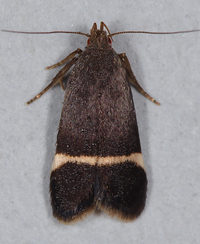
| Recorded by: Jim Petranka on 2024-08-17
Madison Co.
Comment: Reared adult was from a leaf roll on Agrimonia parviflora; leaf roll with pupa on August 14; adult emerged on August 17. | 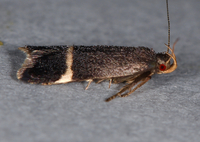
| Recorded by: Jim Petranka on 2024-08-17
Madison Co.
Comment: Reared adult was from a leaf roll on Agrimonia parviflora; leaf roll with pupa on August 14; adult emerged on August 17. |
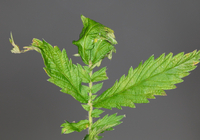
| Recorded by: Jim Petranka on 2024-08-14
Madison Co.
Comment: One of four leaf rolls on Agrimonia parviflora, each with a single pupa; adult emerged on August 17. | 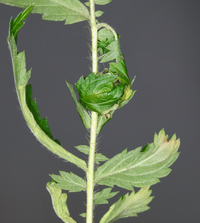
| Recorded by: Jim Petranka on 2024-08-14
Madison Co.
Comment: One of four leaf rolls on Agrimonia parviflora, each with a single pupa; one adult emerged on August 17. |

| Recorded by: Jim Petranka on 2024-08-13
Madison Co.
Comment: One of two unoccupied leaf rolls that were on Agrimonia parviflora; a dark ball of frass was in each; presumed to be this species since only two North American moth species are known to use Agrimonia (see BugGuide). | 
| Recorded by: Jim Petranka on 2024-08-13
Madison Co.
Comment: Rolled leaflets were on Agrimonia parviflora; a frass ball was in each, with a pupa in the middle of each frass ball. |
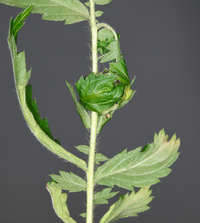
| Recorded by: Jim Petranka on 2024-08-13
Madison Co.
Comment: Rolled leaflets were on Agrimonia parviflora; a frass ball was in each, with a pupa in the middle of each frass ball. | 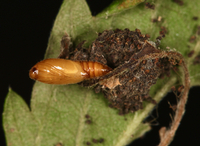
| Recorded by: Jim Petranka on 2024-08-13
Madison Co.
Comment: Rolled leaflets were on Agrimonia parviflora; a frass ball was in each, with a pupa in the middle of each frass ball. |

| Recorded by: Elane Nunley on 2022-08-26
Yancey Co.
Comment: | 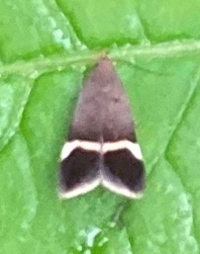
| Recorded by: Elane Nunley on 2020-06-30
Yancey Co.
Comment: |

| Recorded by: Jim Petranka and Becky Elkin on 2019-07-06
Madison Co.
Comment: | 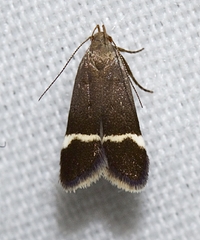
| Recorded by: Jim Petranka and Becky Elkin on 2018-06-13
Madison Co.
Comment: |

| Recorded by: Brian Bockhahn, Paul Scharf on 2016-07-21
Stokes Co.
Comment: |

 »
»






















